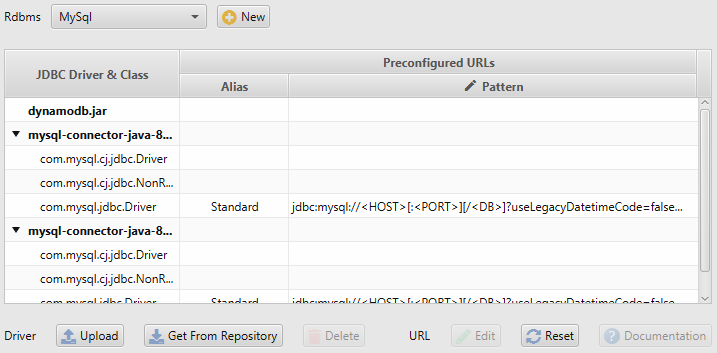
When enterprise data is duplicated to a Data Warehouse and linked with data from other applications, it becomes more useful – and enterprises get to build these Data Architectures. Users also have no control over SaaS Schemas, which are established by the developers of each program. The SaaS apps, for example, may offer some broad analytics features, but they only apply to the data from that particular app. However, Data Source Schemas aren’t created with Analytics in mind, whether they’re databases like MySQL, PostgreSQL, or Microsoft SQL Server, or SaaS services like Salesforce, Facebook Ads, or Zuora. Schemas are used to specify data items in both data sources and data warehouses in the Data Analytics field. In other words, a well-designed Schema clears the way to faster and easier creation of Reports and Dashboards.īy contrast, a flawed Schema requires Data Analysts to do extra modeling and forces every Analytics query to take more time and system resources, increasing an organization’s costs and irritating everyone who wants their analytics right away. providing analysts with a clear, easily understood starting point for analytics.absolving analysts from having to reverse-engineer the underlying Data Model.removing cleaning and other preprocessing from the analyst’s workflow.A well-designed Schema in a Data Warehouse makes life easier for Analysts by: Maintaining unique primary and foreign keys.Ī Schema organizes data into Tables with appropriate Attributes, shows the interrelationships between Tables and Columns, and imposes constraints such as Data types.In short, Database Schemas are essential to do the following: As schema also represents the relationship among tables, different databases have different schema designs to support varying business requirements. Without a proper schema, it is easy to drift away from the objective considering the scale of big data projects.


Failing to do so may cost time, money, and can put the whole project in jeopardy. As a result, organizations should focus on designing superior databases to meet the objectives of projects without losing direction. Databases are the cornerstone of almost all business projects.


 0 kommentar(er)
0 kommentar(er)
